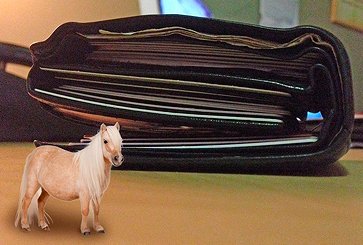Insights
Defining the “Return” in “ROI.”
Return on Investment (ROI) is the age-old conundrum of advertising and the root of the famous quote from John Wanamaker: “I know that half the money I spend on advertising is wasted, but I can never find out which half.” Of course, in this day and age, this quote no longer amuses people. It annoys them.
The simplest way to explain that you can’t always directly measure the ROI from your marketing is by using the time-tested “AIDA” model of the consumer purchasing process. This model says that in every purchase decision a customer goes through these four stages:
1. Awareness: A customer becomes conscious of your product/service
2. Interest: Something about you or your product interests them
3. Desire: They actively seek your product
4. Action: They buy
For consumers, this process can happen in an instant (deciding where to eat lunch) and other times it takes weeks, months or even years (picking a vacation spot, buying a house or a car). This brings us to the main point of creating a brand. Most successful marketers realize that if they can create a space in people’s minds for their brands; when they do market specific products and/or need a short-term purchase, they can start at Step 2 or even 3. They don’t have to work as hard to get to Step 4 because people are already aware of and interested in their products.
This, obviously, is what you are trying to do by creating a consistent, ongoing umbrella message that is more emotionally compelling and less product specific. You’re investing in your brand’s value.
Now comes the dilemma. You can’t directly measure the first three steps in the short-term without some sort of research because your target hasn’t done anything you can measure. But you will see the long-term payoff in your investment via repeat business, increases in sales, etc. Even in the long-term, it is difficult to measure directly, because brand value is intangible and hard to quantify.
Ultimately, as a marketer, you have to go on gut, or use an ongoing research tool to measure over time.




